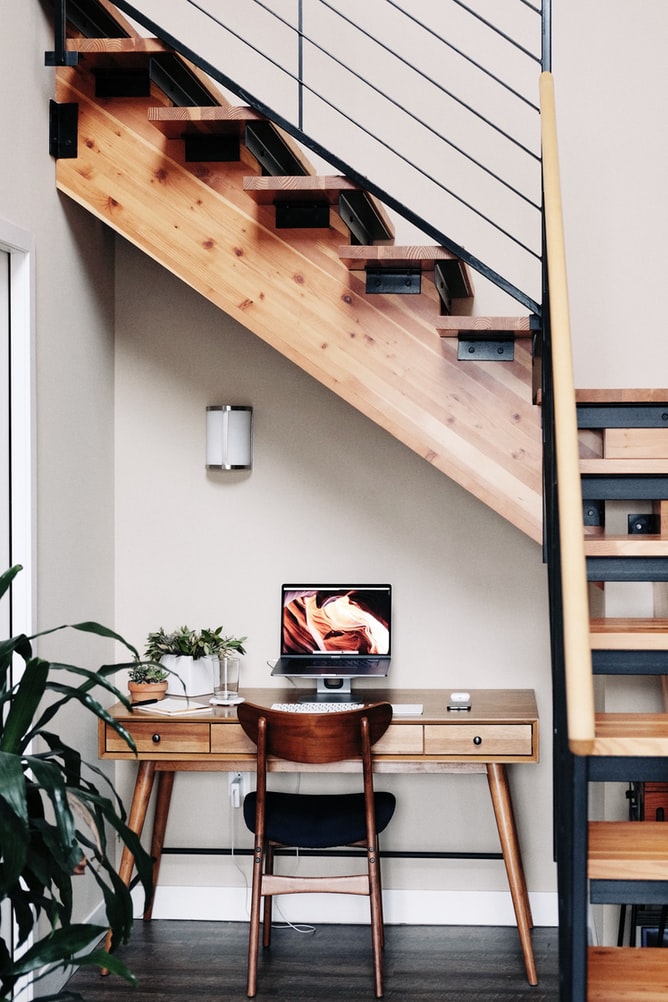Despite being a relatively new concept, an open-plan home has quickly become one of the most popular floor plans these days. To be honest, you’d be hard-pressed to find a modern home without one – and for good reason.
Open-plan homes promote a seamless and social atmosphere in the home. In fact, they could almost be seen as a way to bring the family (you know, that thing that makes a house a home) together – as people, whether they’re in the kitchen, the living room or dining room can still socialize without issue.
However, with fewer boundaries defining where the living room ends and the dining room starts, open-plan spaces can sometimes fall victim to disorganisation and clutter. Fear not, as there are actually quite a few different ways to implement subtle borders in an open-plan space without losing any sense of “openness” in the home.
Making Use of Furniture
The most common method is to simply position furniture in a strategic way, such as using a lounge suite to outline the general living room area. Bookcases, wooden dividers and accent tables are also viable options. Furniture is a subtle way to define the different spaces in an open-plan setup without closing any other areas off.
Less Subtle Options
For those seeking a less discrete option, hanging beads (for those who think the 60’s never ended) or a semi-transparent pull-out curtain are an effective way to set up boundaries without completely defeating the purpose of having an open-plan area.
Pull-out curtains have become increasingly popular, as their versatility allows for the closest experience you can get to an actual wall – for when the situation calls for a bit of privacy – with the option to pull it all back to enjoy all the benefits an open-plan space has to offer.
Colour
If you’re more partial to the less-is-more approach, colour coordinating different areas is an effective and visually stimulating way to define different territories. This method is less obvious than using physical boundaries and tends to work on a subconscious level.
Use painted feature walls to set the overall theme of an individual space and complement it with similarly coloured furniture. Different colours have been shown to evoke different moods (i.e. cool blues tend to promote calmness, whereas yellow has been known to excite) so use this to your advantage
Rugs
If lugging furniture around or undergoing a new paint job just seems like too much work, consider the humble rug.
Probably the lowest effort solution on this list, a simple strategic rug placement can do wonders when it comes to defining the different territories that make up your home. You can also further define said boundaries by using rugs that match the colour and/or texture of the surrounding furniture, should you feel like going the extra mile.
Lighting
Seeing as we just touched on how you can use the floor to help create borders, it’s only fair we give the ceiling some attention. Every home needs lighting, so it may be worth using the strategic placement of ceiling lights to help define the different zones of your open-plan space.
Consider statement pieces such as chandeliers to enhance the mood of different spaces – such as the dining room whilst opting for more subtle floor lamps for more relaxing areas like the living room.
Seeking more advice for all your interior design queries? Or are you considering designing and building your very own home? Feel free to browse through all full range of services.








